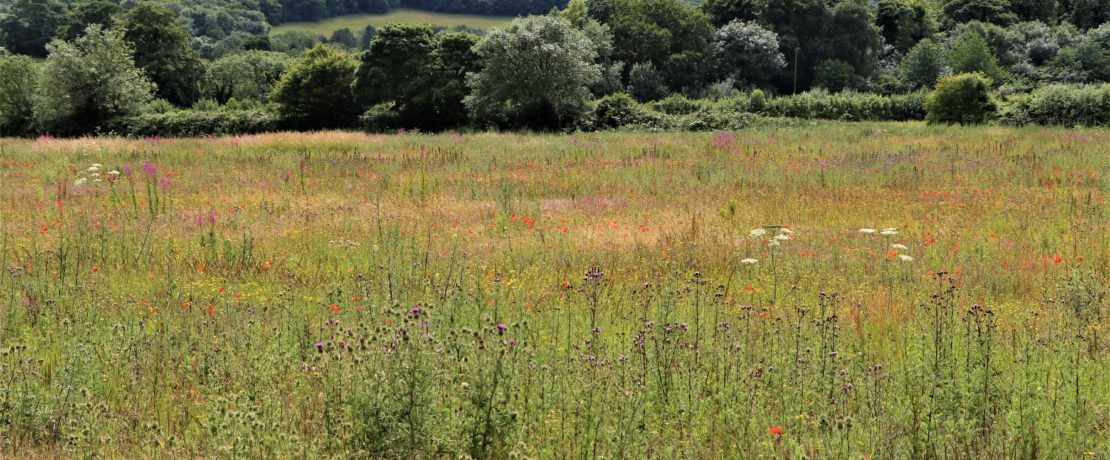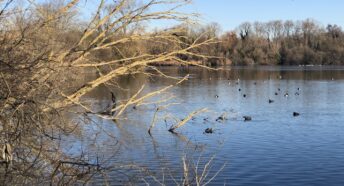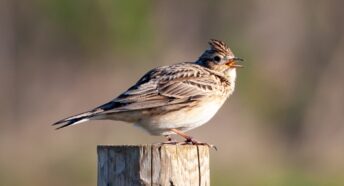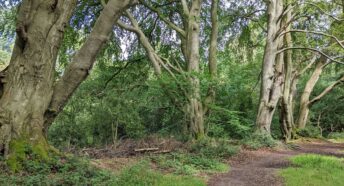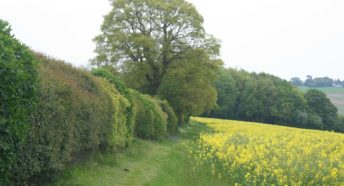A cautious welcome from CPRE Hertfordshire for the new Environment Act
November 2021 saw the passing into UK law of the long-awaited Environment Act, three years after the Bill was first published. The proposals in the Act for biodiversity net gain (BNG) are of particular interest for CPRE Hertfordshire, as our county’s countryside faces huge pressures from development.
The legislation aims to improve air and water quality, tackle waste, increase recycling, halt the decline of species, and improve our natural environment. Environment Secretary George Eustice said: ‘The Environment Act will deliver the most ambitious environmental programme of any country on earth’.
A key ambition of the Act is to halt the decline of species by 2030. This is long overdue. In October 2021 the Natural History Museum published analysis of the biodiversity lost from countries globally. With only 53% of its biodiversity still intact, the UK is in the bottom 10% of countries. The Museum says that the UK has been among the most nature-depleted countries on Earth for a long time.
Much of the detail of how the provisions of the Environment Act will be implemented has yet to be announced. The first, targets on improving air and water quality, enhancing biodiversity and reducing waste, are expected to be opened to public consultation in February 2022 and finalised by the end of the year. These will be a major test of the government’s ambition.
Biodiversity Net Gain
It is expected that from November 2023 all planning applications for built development in England will need to demonstrate a minimum of 10% net gain in biodiversity. Proposals to ensure that development no longer results in biodiversity loss are welcome, but CPRE Hertfordshire has many concerns too. Relying on commercial housing developers to meet the government’s affordable housing ambitions has not been a great success, so will the same be true for BNG? The method for setting the pre-development biodiversity ‘baseline’, against which the gain will be measured, is complex and proved controversial in recent trials.
If developers cannot find space for the required net gain on a site, they will be able to contribute to off-site biodiversity creation instead. CPRE Hertfordshire’s fear is that BNG may come to be seen as a green light for building on countryside and green spaces close to where people live, justified because the biodiversity lost will in theory be replaced elsewhere. In practice many habitats cannot be destroyed and replaced by vegetation of equal or greater value in a short time. They may have evolved over long periods into complex associations of species, including those underground. Rarer species, often adapted to very particular site conditions, may simply disappear.
The government hopes that off-site offsetting will fund at least part of its proposed Local Nature Recovery Strategies, designed to establish 500,000 hectares managed primarily for nature. As a last resort developers will be able to buy ‘credits’, paying for biodiversity enhancement in an unspecified location. As a result localities could become nature depleted, and remote from places being enriched. Will there be a guarantee that Nature Recovery networks will have public access?
We will need new skills
Local planning authorities will be central to the success of BNG, since they will be scrutinising the biodiversity gain proposals submitted with planning applications for development. An estimated 75% of local authorities don’t employ in-house ecologists at present, and have less than two years to prepare for their new responsibilities. Areas of new biodiversity will have to be maintained for a minimum of 30 years. Already struggling to fulfil their enforcement duties, local authorities will be faced with this extra burden. Who is going to come back in 20 years and hold developers to account for a failed reinstatement?
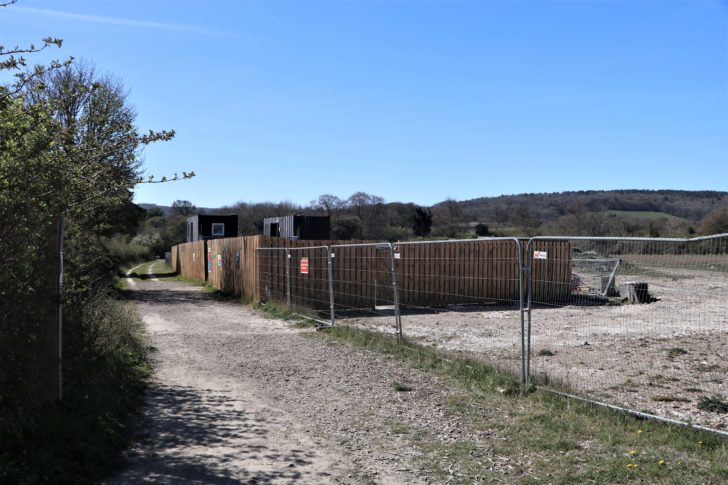
It seems likely that the voluntary sector, and volunteers, will contribute to this process through scrutiny of planning applications and outcomes. In June 2021 the House of Commons Environmental Audit Committee published Biodiversity in the UK: bloom or bust? This document reported on its Inquiry carried out over the previous year into the state of the UK’s biodiversity. The report recognised the need for people of all ages, and especially young people, to be reconnected with nature. It said: ‘for biodiversity to be protected, it has to be appreciated and valued’. Other recommendations included a new GCSE in Natural History and substantial investment to foster a new generation of ecologists.
CPRE Hertfordshire will also be planning for the arrival of BNG as an integral part of the planning system. The national CPRE network has begun to upskill its staff and volunteers, and our colleagues in Lancashire, Liverpool and Greater Manchester recently ran an informative and wide-ranging webinar which our volunteer who attended found extremely useful.
A plantation will not ‘do’ for an ancient wood…
In 1980 Richard Mabey, the Hertfordshire-born nature writer and for many years a Hertfordshire resident, published his book The Common Ground – a place for nature in Britain’s future? He wrote:
We must hope that these words are not forgotten.
The UK Government website has more information about the new Environment Act. You can also read about the Act on the Green Alliance website.
